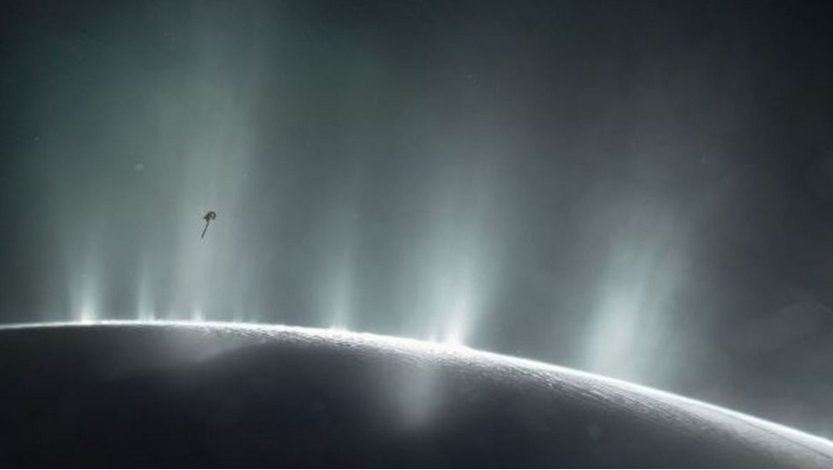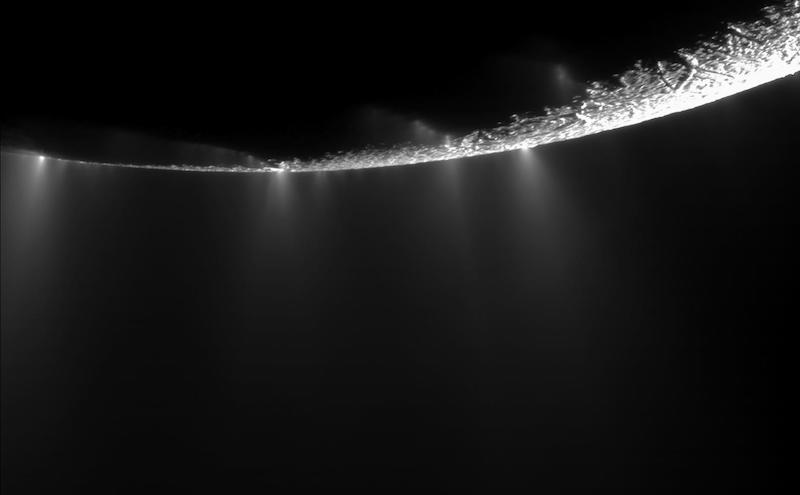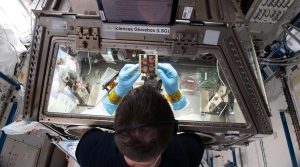James Webb Space Telescope Uncovers An Enormous Geyser On Saturn’s Icy Moon
30th May 2023
NASA’s flagship James Webb Space Telescope (JWST) has recently identified an enormous geyser on one of Saturn’s moons. The moon in question is Saturn’s sixth-largest icy moon, Enceladus, and scientists are in ore of the great plumes of water, glimpsed by JWST, which captured water vapour being blasted hundreds of miles into space. The moon’s geysers were first discovered in 2005 when the water jets brewed excitement over what was uncovered: the water vapour contains the chemical ingredients of life.
James Webb’s Shots Of The Water Vapour

JWST locating the gigantic geyser has left scientists speechless, due to the space telescopes’ wider perspective and high sensitivity identifying how the jets of water bound further into space than first realised. The shots were glimpsed back in November 2022, but were first showcased at a Space Telescope Science Institute Conference in Baltimore on May 17.
Scientists first learned of the water blasts back in 2005, when it was captured by NASA’s Cassini spacecraft which saw ice particles shooting through lunar cracks. Due to the power of the water blasts, NASA believes this material forms one of Saturn’s rings. However, JWST discovered that the water vapour shoots further than 313 miles, which is more than the width of the Moon itself.
Water Vapour Containing The Ingredients For Life
Saturn’s Enceladus has been blasting water vapour for years. Scientists theorise that the geysers erupt from hydrothermal vents in Enceladus’s ocean floor, evidenced by remnants of silica – a common component in planetary crusts – being found in the water vapour. Enceladus is also encompassed by a thick layer of water ice, with a vast ocean existing underneath, which is supported by measurements of the Moon’s rotation.
Scientists also found that the jets included methane, carbon dioxide and ammonia; the chemicals that create the foundations of life. So, NASA are in discussions over navigating future missions to locate signs of life beneath the icy crust.
Future Missions To The Icy Moon
Due to the water vapour containing the base chemicals for life, NASA is looking to establish future missions to locate life on Enceladus. According to the Planetary Society: this involves sending a spacecraft – called Orbilander – which will complete a six-month orbital trip around the Moon, collecting samples from the exuded water vapour.
Orbilander would also collect and analyse molecules by transforming into a lander module that could manoeuvre and navigate the surface of the Moon. The spacecraft would have all the bells and whistles including a DNA sequencer, microscope, cameras, radio sounders and lasers to scan Enceladus’s surface.
Another mission could involve sending an autonomous snake-esque robot – currently labelled the Exobiology Extant Life Surveyor – into the ocean beneath the icy crust. The cameras and lidar attached to the robot would be able to survey the ocean floor to locate signs of life.







Thank you for your comment! It will be visible on the site after moderation.